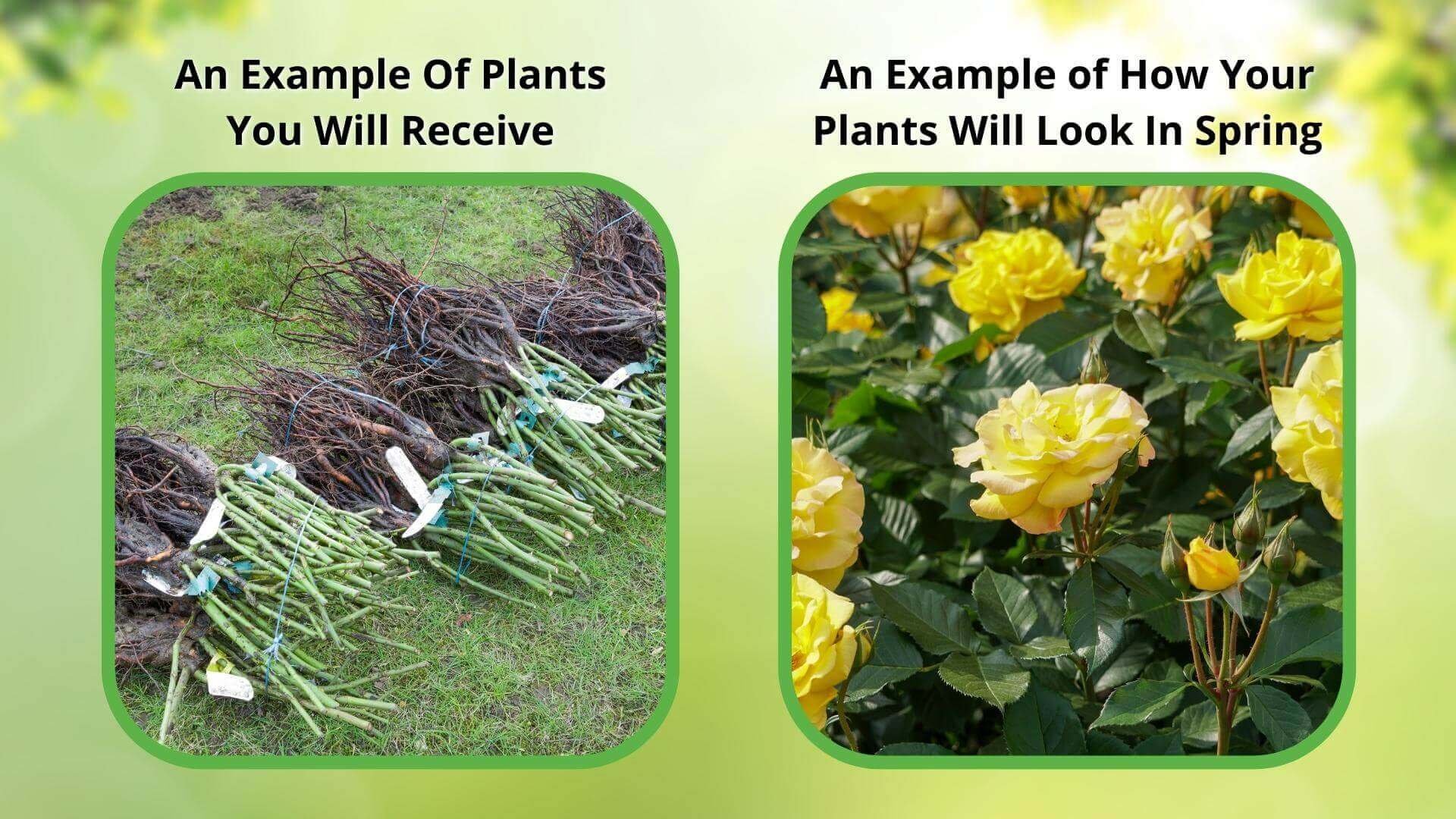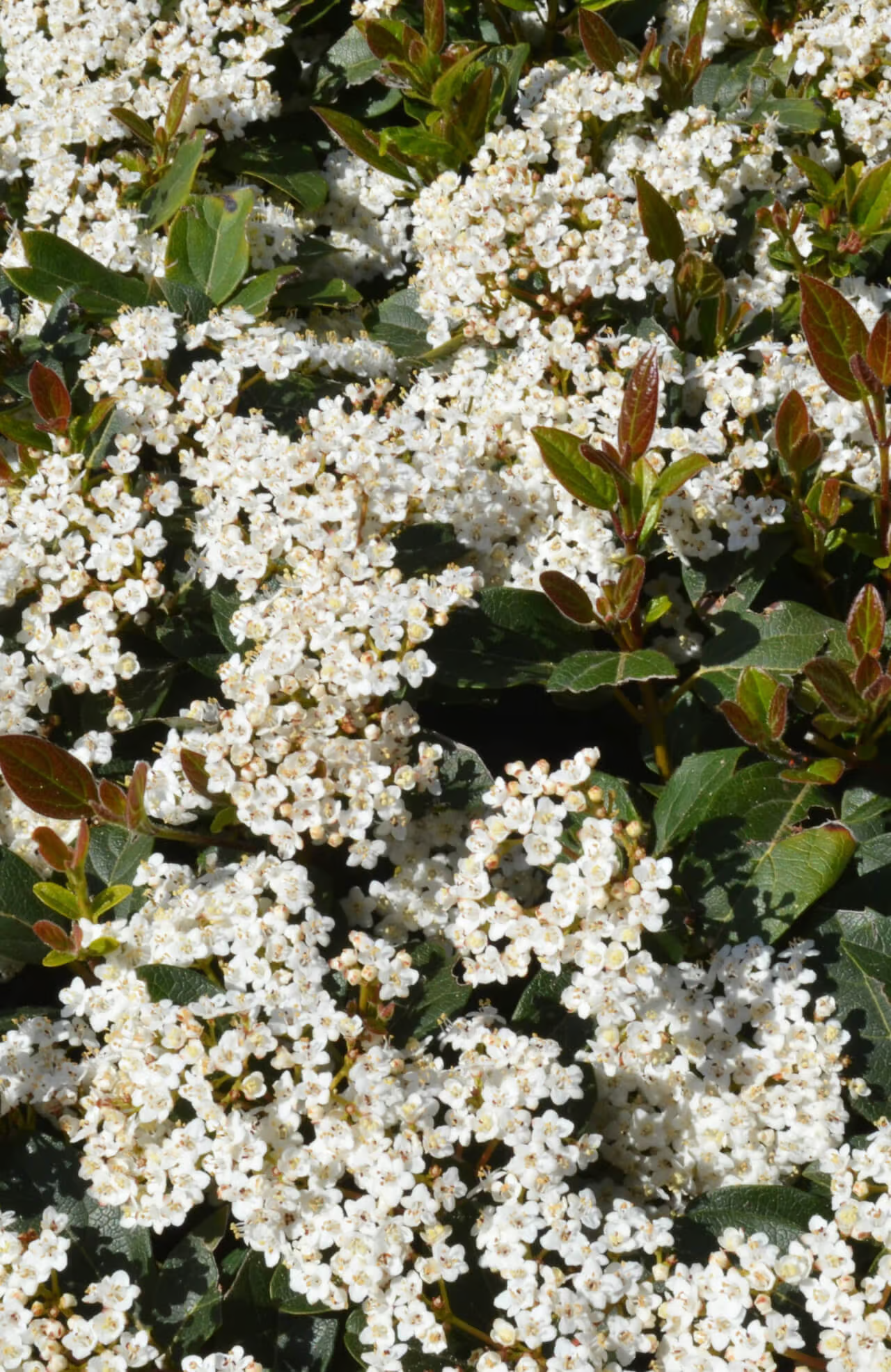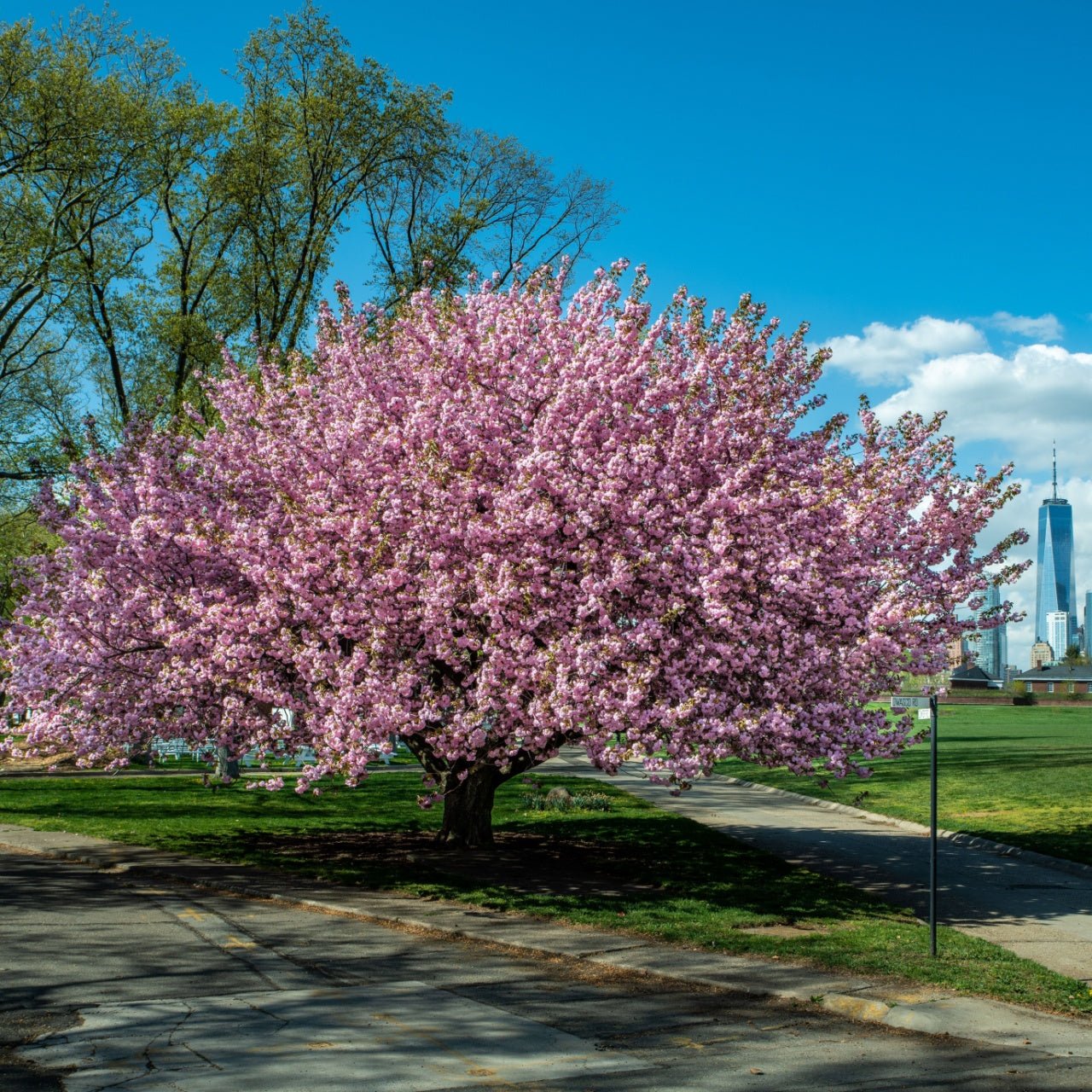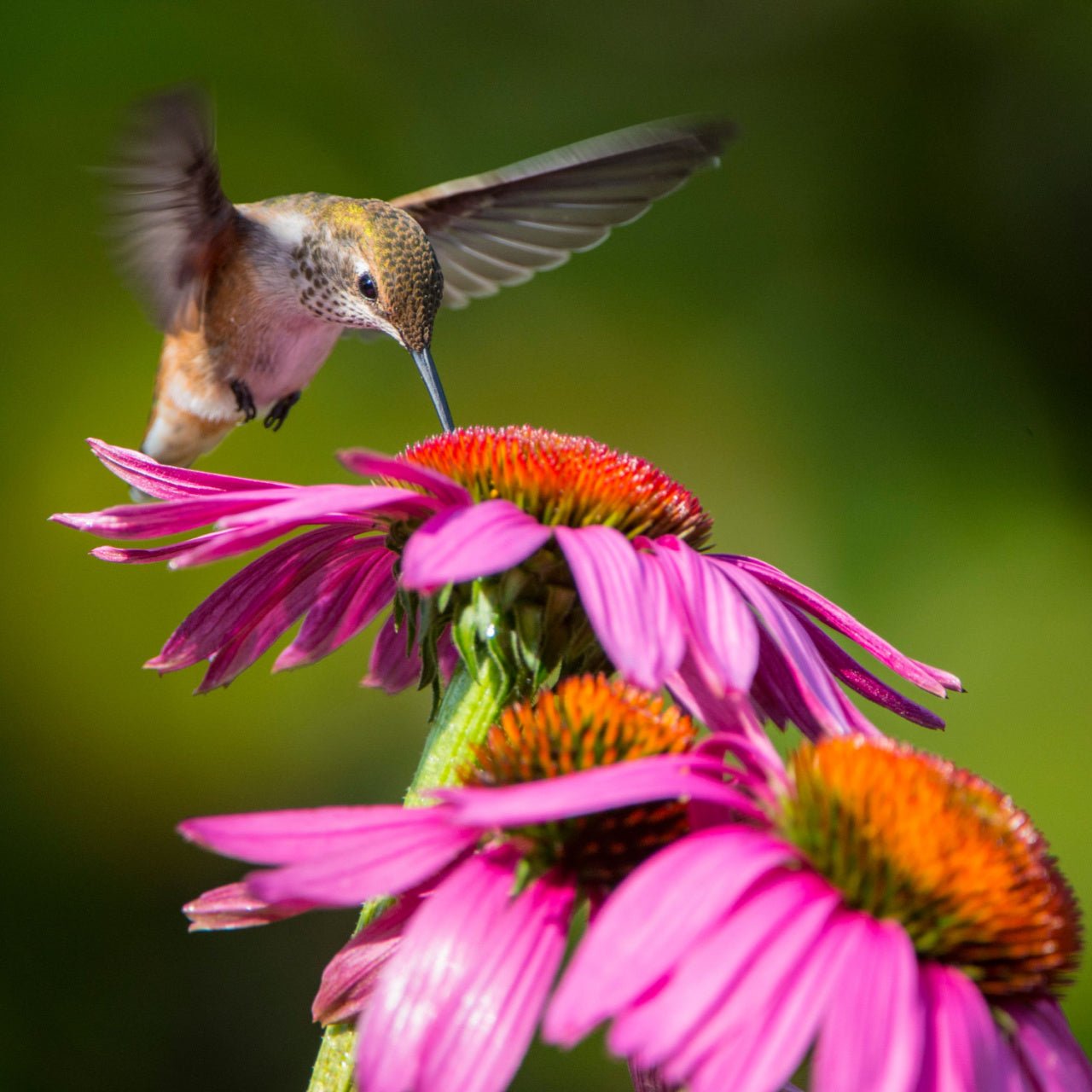



Arrowwood Viburnum
Excellent for hedges and screens
Beautiful white spring flowers
Versatile in various soil types
Thrives in
ZONE 3ZONE 4ZONE 5ZONE 6ZONE 7ZONE 8This plant ships:
November 20251 Year Guarantee on all plants
Arrowwood Viburnum - Viburnum dentatum
Arrowwood Viburnum (Viburnum dentatum) is a deciduous shrub native to most of the eastern United States along the coast and across to Texas. It can be found growing along banks of streams and across moist woodlands.
When young, its growth habit is upright and ovular, however as the plant matures, the older growth will arch toward the ground, creating an umbrella-like form to the shrub. While it is not a showy plant, it is vigorous, hardy and reliable. Its versality in growth locations makes it useful as a specimen plant, as a part of a mixed shrub border or as an endearing addition to a woodland edge.
Plant Details - Arrowwood Viburnum
Family: Adoxaceae
Hardiness Zones: 3 to 8
Light Requirement: Full sun to partial shade
Water Needs: Moderate
Height: 6 - 10 ft
Spread: 4 - 10 ft
Growth Rate: Moderate to fast
Bloom Time: Late spring to early summer
Flower Color: Creamy white
Wildlife Value: Flowers attract bees and butterflies, fruits are consumed by mammals and birds
The leaves of this elegant shrub are serrated or toothed, a characteristic that the plant is named after with its Latin name as dentatum, meaning teeth. It is likely that Native Americans used this shrub’s sturdy stems to make arrows, which is where its common name comes from.
The Arrowwood Viburnum produces creamy white flower clusters as corymbs that span 4 in in diameter. In the autumn, the flower clusters give way to bright blue drupes. However more than one genetic strain is needed to produce fruit, so if you would like to provide some resources for wildlife in your garden, plant a few of these plants! In the autumn before senescence, the foliage transforms into a variety of colors from yellows, to delightful orange tones and red hews.
Landscape Uses and Maintenance - Arrowwood Viburnum
It grows across a wide variety of soil types and light conditions, and grows well in shaded areas. The best growth and blooming will be achieved when planted in moist, well drained soils in full sun. It is winter hardy and heat tolerant. Once established, it can have some drought tolerance. However, it can be susceptible to white fly so keep your eyes peeled.
While it is an easy plant to grow and does not need regular pruning, a rejuvenation pruning can be done to revive the plant after a few years. It can be propagated from seed or through softwood cuttings.
Noteworthy Characteristics
Reliable, attractive to wildlife, easy to grow
This native shrub will add an endearing charm to your garden and provide attractive flowers for pollinators and delicious fruit for wildlife year after year. Shop for Arrowwood Viburnum shrubs online at TN Nursery. For 68 years, we have served the landscaping industry and homeowners with specimen plants.
This Is How Your Plants Will Look upon Delivery

Bloom Season
Spring
Bloom/Foliage Color
White
Height at Maturity
Over 10 Feet
Care
Water Arrowwood Viburnum regularly during its first growing season to establish a robust root system. Trim after blooming to keep shape and clear dead or damaged branches. Ensure it has well-drained soil, and fertilize annually in early spring.
Plant Reproduction
Green Arrowwood Viburnum spreads via suckers, forming dense thickets.
Plant bare-root shrubs during the more excellent spring or fall months, from November through April. Dig a hole twice as wide as the root system and slightly more profound than its height. Position the shrub so that the top of the roots is level with the ground, and put back the soil dug over the roots. Apply a 2-3 inch layer of mulch around the base to retain moisture and suppress weeds, ensuring the mulch does not touch the shrub's stem. Water regularly, especially during the first year, to establish strong roots. Prune shrubs as needed to promote healthy growth. In the spring, fertilize with a balanced, slow-release fertilizer suited to the specific needs of the shrub.
Shipping date depends on the date displayed and chosen when you order from the product's page.
We only accept returns on plants verified dead. If you think your plants have died, we offer a 1 year warranty, please use this File a Claim Link to verify dead plants and start with return warranty process.






Stunning Seasonal Blooms:
Arrowwood Viburnum produces dense clusters of white flowers that bring elegance to any garden. Enjoy vibrant blooms in spring and summer, enhancing your landscape’s appeal.
Low Maintenance:
This hardy shrub thrives with minimal care, making it perfect for busy gardeners. Its resilience and adaptability mean fewer worries and more enjoyment.
Beautiful Year-Round Display:
Arrowwood Viburnum blooms with clusters of creamy white flowers, creating a visually stunning display. In late summer, the flowers transition to glossy dark green leaves that turn red, purple, and orange in the fall, offering captivating foliage throughout the year.
Wildlife Attraction:
The plant’s berries are a favorite among birds and other wildlife. Adding Arrowwood Viburnum to your garden supports local wildlife and enhances your garden’s ecosystem.
Caring Tips
How do I care for my Arrowwood Viburnum?
Each box contains detailed care instructions and information about your product. But here's the basics.
Care Tips
Water Arrowwood Viburnum regularly during its first growing season to establish a robust root system. Trim after blooming to keep shape and clear dead or damaged branches. Ensure it has well-drained soil, and fertilize annually in early spring.
Light Requirements
Arrowwood Viburnum thrives in total sun to part shade. It favors at least 4-6 hours of direct sunlight daily but can take some shade, especially in the hotter parts of the day. More sunlight promotes better flowering and fruiting.
Hardy Planting Zones
3 • 4 • 5 • 6 • 7 • 8
Header
Use this content to share information about your store and products.
Frequently Asked Questions
How often should I water my plants?
How do I know if my plant is getting too much or too little sunlight?
What should I do to prepare my plants for winter?
What are the signs that my plant needs fertilizing?
How can I prevent pests from damaging my plants?
How do I choose the right plant for my climate zone?






